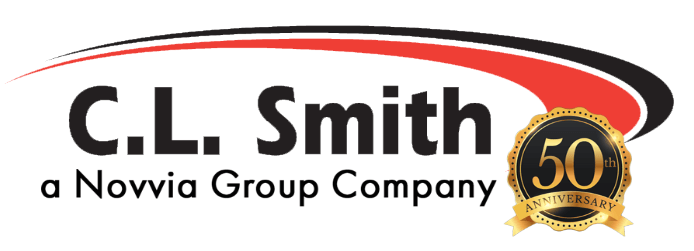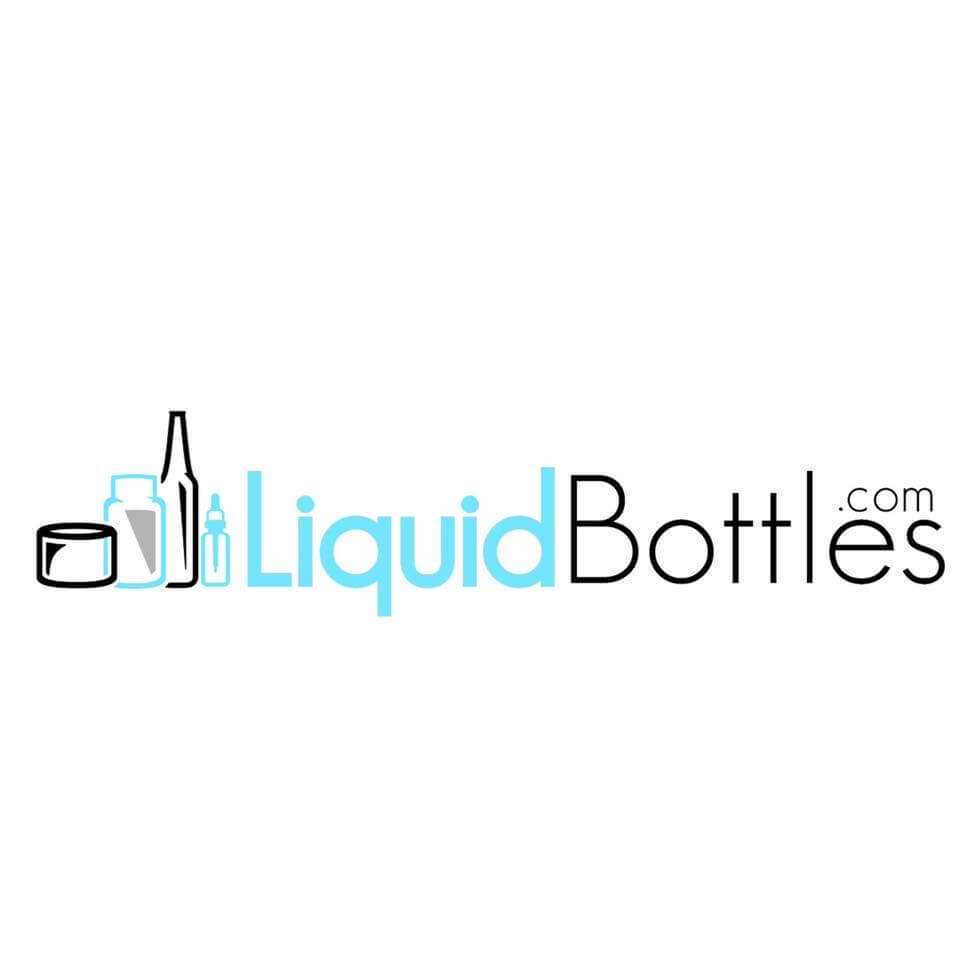Safe Packaging Matters: HM–215M & 215L for Lithium Batteries
by Lonnie Jaycox, Packaging Engineer, HAZPlus®
In HM-215L, PHMSA has incorporated by reference (IBR) the provisions for air transportation of Lithium Batteries by aircraft into the HMR with the new editions of the international air regulations: ICAO TI (and by extension IATA DGR, though they are not mentioned directly in the HMR). While allowing the newest ICAO TI provisions for Lithium batteries to be used in conformance with the HMR, they left intact and unmodified the current provisions for the air transport of Lithium Batteries in the HMR. This creates a “two system” choice for domestic shippers of Lithium batteries.
ICAO/IATA have incorporated an additional section into the air packaging regulations for Li Batteries that tries to preserve packaging and documentation relief for packages containing restricted quantities of batteries within a power limitation. But in doing so, they have created some confusion in the battery shipping industry that may make using the exceptions in the international regulations difficult. Particularly questions surrounding the need to have a statement on an air waybill for certain shipments, but not requiring a full dangerous goods shipper’s declaration. Many carriers are requiring these shipments to be offered with full dangerous goods shipping papers. This in turn triggers the per package hazmat fees.
In addition, PHMSA did not stop with incorporating the option to use the ICAO TI for air shipments of Li Batteries. In a separate NPRM [HM-224F] they are seeking comments about the economic impact of the adoption into the HMR of the current ICAO battery provisions as a harmonized regulation. Comments are open on this NPRM until March 8, 2013. Anyone having experience with both the good and the bad of the newly implemented ICAO TI battery provisions should comment to PHMSA on this topic. The problems with maintaining two regulatory systems for Li Batteries are clear. And, given that there are very few air carriers who use the HMR instead of the ICAO/IATA system, it is unlikely that there is any widespread benefit to not incorporating the provisions of the ICAO/IATA system into the HMR. The inescapably global nature of the Li Battery industry makes clear that it is desperately to be hoped that a single regulatory program can be forged that will address safety issues and facilitate international commerce.
It should also be noted that Lithium Batteries designed for use in aircraft have been removed from the exceptions contained in Special Provision A51 in the ICAO TI and the IATA DGR effective immediately. To state the obvious, this is likely due to concerns raised with the malfunctions related to the Li Batteries used in the Boeing 787.
Safe Packaging Matters is published to advise and educate shippers of hazardous materials regarding important changes in the regulations that could potentially affect compliance.
About the Author:
Lonnie Jaycox is a Performance Oriented Packaging engineer for HAZPlus® – the division of C.L. Smith Company that designs, manufactures, tests and certifies hazardous materials packaging. Lonnie is a DGAC Board Member, member of the IoPP Chemical Packaging Committee, and a representative on the D10 packaging committee of ASTM. He may be contacted at ljaycox@clsmith.com or by phone, 341-771-1202.
About HAZPlus®:
Turn‐Key Services – We design, test and certify Performance Oriented Packaging [Specification Packaging] Compliance Confidence – As a packaging manufacturer with an on‐site UN/ISTA certified Package Testing Lab, we stand behind our testing, UN certification and production quality control. Choice & Flexibility – We offer a variety of custom and stock packaging options offering the most economical alternative to suit your situation. Regulatory/Packaging Expertise – Our team of Hazardous Materials packaging specialists can answer all your questions, and guide you successfully through the maze of regulations to achieve compliance.
Comments are closed





